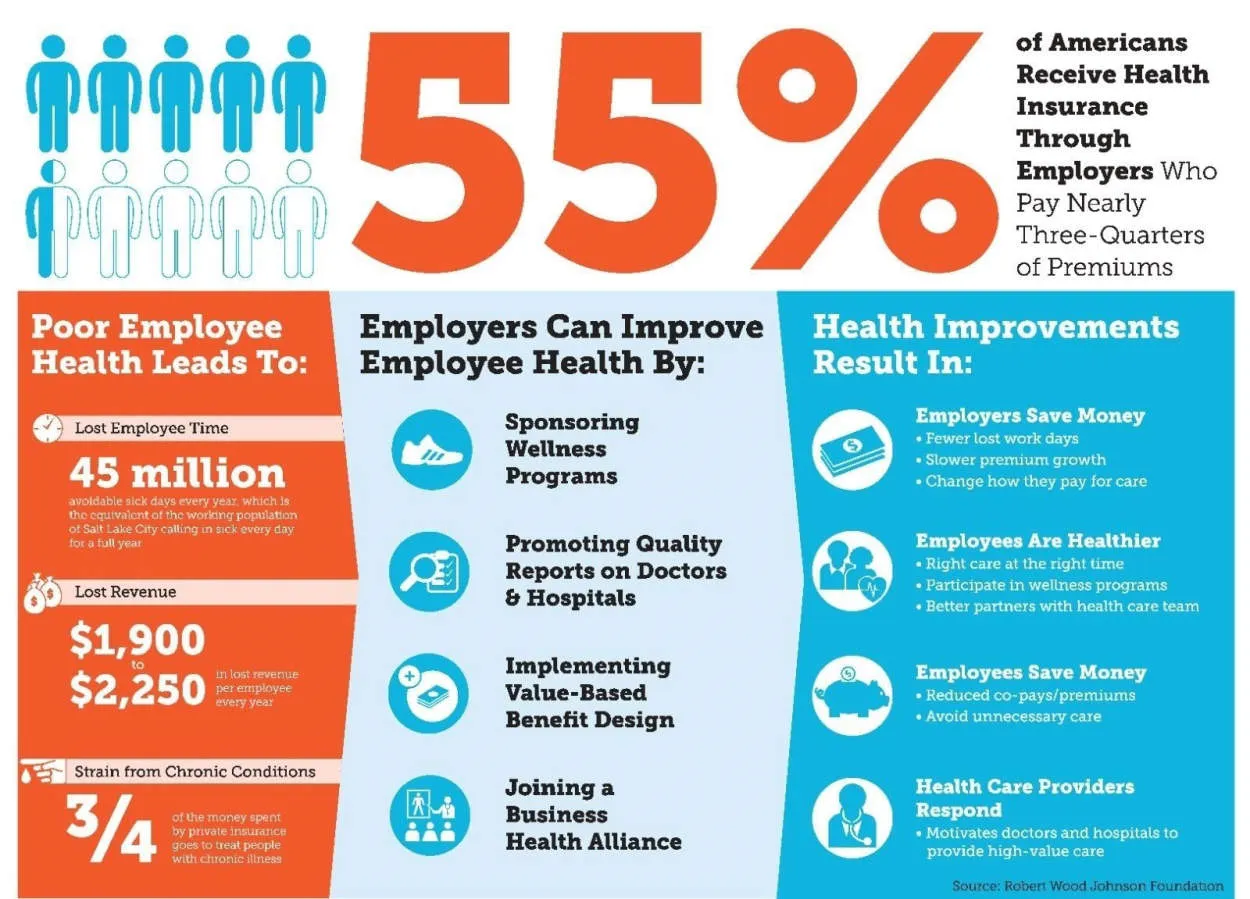Creating a healthy and productive work environment is a top priority for employers. In this article, we will provide a comprehensive guide to Employee Wellness Programs, offering insights into the benefits and strategies for implementing these programs in workplaces.
The Impact of Employee Wellbeing on Organizational Success
Employee wellness programs play a crucial role in creating healthier workplaces, which in turn directly affects the overall success of an organization. These programs focus on improving the physical, mental, and emotional wellbeing of employees, leading to increased productivity, higher job satisfaction, and reduced absenteeism.
One key aspect addressed by employee wellness programs is physical health. Encouraging regular exercise, providing healthy food options, and promoting preventive healthcare measures not only enhance the physical wellbeing of employees but also reduce the incidence of illnesses. As a result, employees are more likely to have fewer sick days and higher energy levels, leading to improved performance and efficiency.
Mental health also plays an integral role in organizational success. By offering mental health support services, such as counseling and stress management programs, employers can help employees better deal with work-related challenges. This reduces stress levels and promotes a positive work environment, fostering creativity, collaboration, and innovation.
Moreover, employee wellness programs promote a culture of wellbeing and work-life balance. Implementing flexible work arrangements, providing opportunities for skill development, and promoting work-life integration increase job satisfaction and overall happiness. Content and fulfilled employees are more likely to stay with the organization in the long run, reducing turnover costs and enhancing organizational stability.
In conclusion, employee wellness programs are essential for creating healthier workplaces and driving organizational success. By prioritizing the holistic wellbeing of employees, organizations can expect increased productivity, improved job satisfaction, and reduced absenteeism. Investing in employee wellness is not only beneficial to individuals but also contributes significantly to the overall success of the organization.
Designing and Implementing Effective Workplace Wellness Programs
Employee Wellness Programs: A Guide to Healthier Workplaces
Workplace wellness programs have gained significant popularity in recent years, as employers recognize the benefits of promoting the health and well-being of their employees. These programs aim to improve employees’ physical, mental, and emotional well-being, ultimately leading to a healthier and more productive workforce.
When designing and implementing workplace wellness programs, it is essential to consider several key factors:
1. Assessing employee needs
Start by conducting a comprehensive assessment of employee needs and preferences. Consider conducting surveys or focus groups to gather insights into their health concerns and interests. This information will serve as a foundation for tailoring the wellness programs to meet their specific needs.
2. Creating a supportive environment
Design the workplace environment to support healthy behaviors. This can include providing healthy food options, creating spaces for physical activity, and promoting work-life balance. Encourage management to lead by example and actively participate in wellness initiatives.
3. Offering a range of wellness activities
Include a variety of wellness activities that cater to different employee preferences and abilities. Offer options such as fitness classes, stress management workshops, smoking cessation programs, healthy cooking classes, and mental health resources. This ensures that employees can find programs that resonate with them.
4. Providing incentives and rewards
Motivate employees to participate in wellness programs by offering incentives and rewards. This can include financial incentives, recognition programs, or additional time off. Regularly communicate the benefits of participation and celebrate individual and team achievements.
5. Evaluating and adjusting
Continuously evaluate the effectiveness of the workplace wellness programs through feedback, data analysis, and program metrics. Make adjustments based on employee feedback and evolving health trends to ensure the programs remain relevant and impactful.
By considering these key factors, organizations can design and implement effective workplace wellness programs that promote a healthier workforce and contribute to overall employee well-being.
Promoting Work-Life Balance for Enhanced Employee Wellbeing
Work-life balance has become a critical aspect of employee wellbeing in modern workplaces. In order to cultivate a healthier and more productive workforce, organizations are increasingly implementing employee wellness programs that prioritize work-life balance. These programs aim to address the challenges faced by employees in balancing their personal and professional lives.
One of the key components of promoting work-life balance is flexible work arrangements. This can involve offering options such as flexible working hours, remote work opportunities, compressed workweeks, or job sharing. By providing employees with more control over their schedules, organizations empower them to better manage their personal and family commitments alongside work responsibilities.
In addition to flexible work arrangements, employee wellness programs often include initiatives to support physical and mental wellbeing. This can range from providing access to fitness facilities or wellness classes to organizing stress management workshops or offering counseling services. By attending to employees’ health and mental wellbeing, organizations promote a work environment that fosters better work-life balance.
Moreover, organizations can encourage work-life balance by promoting a culture of time management and boundary setting. This can involve establishing clear expectations around working hours, encouraging employees to take breaks and vacation time, and discouraging a constant “always on” work mentality. By creating a culture that values work-life balance, organizations can reduce burnout and enhance employee wellbeing.
Overall, employee wellness programs that prioritize work-life balance play a crucial role in creating healthier workplaces. By implementing flexible work arrangements, supporting physical and mental wellbeing, and fostering a culture of time management, organizations promote enhanced employee wellbeing and productivity. Prioritizing work-life balance is not only beneficial for individuals; it also leads to a more positive and thriving work environment as a whole.
Conclusion
In conclusion, employee wellness programs play a crucial role in creating healthier workplaces. These programs not only improve the overall well-being of employees but also enhance productivity, reduce absenteeism, and lower healthcare costs for employers. By implementing these programs, organizations can create a positive work environment that fosters the physical, mental, and emotional well-being of their employees.




